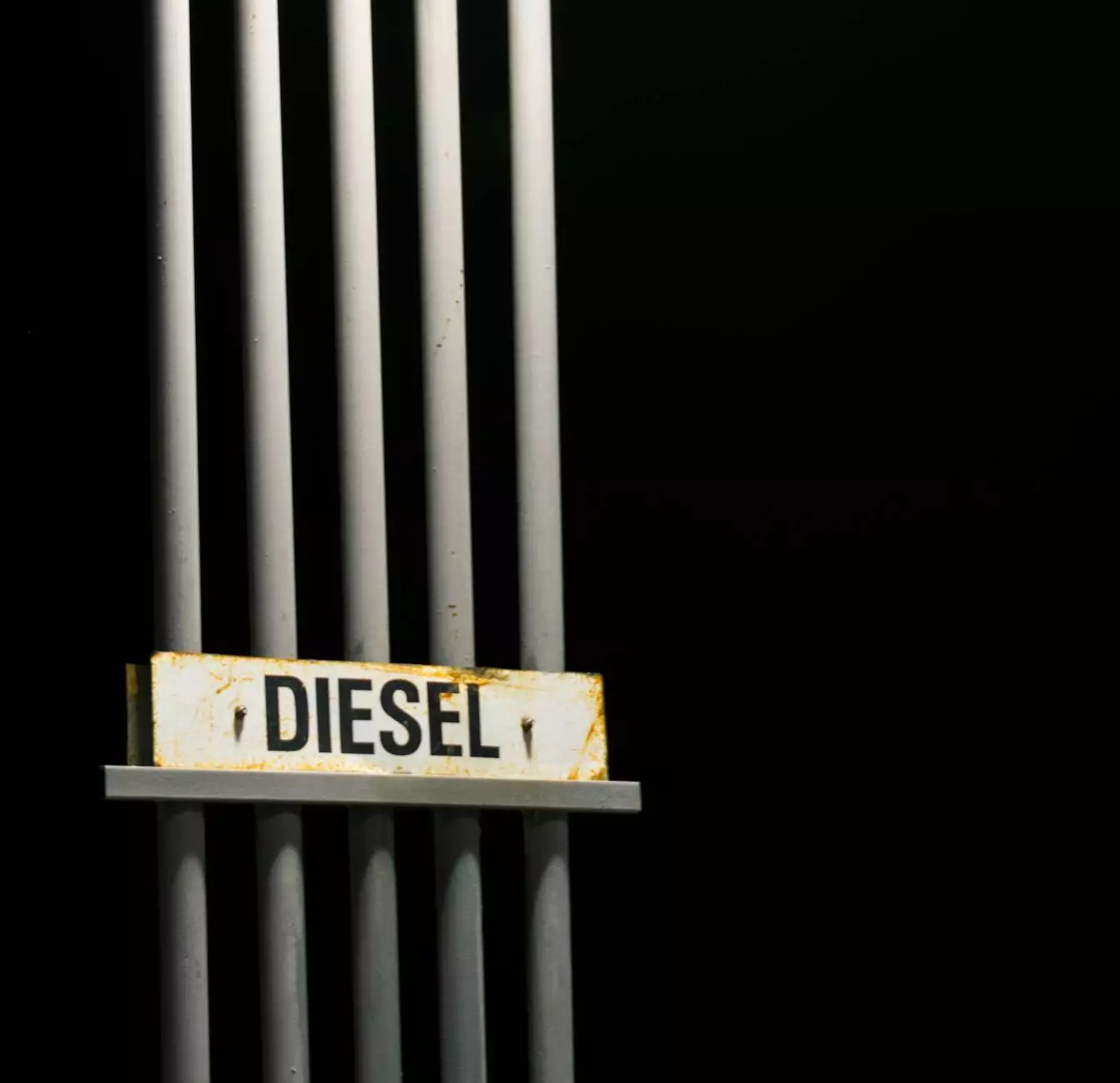Flushing an Electric Water Heater

Welcome to Best Service Plumber's comprehensive guide on flushing an electric water heater. Regular maintenance is crucial for ensuring the optimal performance and longevity of your water heater. Flushing your electric water heater helps remove sediment buildup, improves energy efficiency, and extends the lifespan of your unit. In this article, we will provide you with step-by-step instructions on how to professionally flush your electric water heater.
Why Flush Your Electric Water Heater?
Before we delve into the process of flushing your electric water heater, let's understand why this maintenance task is so important. Over time, sediment and mineral deposits accumulate in the tank, particularly in areas with hard water. This buildup reduces the efficiency of your water heater, leading to higher energy consumption and potential damage to the heating elements.
Flushing your electric water heater is essential for the following reasons:
- Optimal Efficiency: By removing sediment, your water heater is better equipped to heat water efficiently, resulting in lower energy consumption and reduced utility bills.
- Prolonged Lifespan: Regular flushing helps to prevent corrosion, which can damage the tank and result in costly repairs or premature replacement.
- Improved Performance: Flushing your water heater ensures a steady and reliable supply of hot water by preventing clogs and blockages caused by sediment accumulation.
Step-by-Step Guide to Flushing an Electric Water Heater
Now that we understand the importance of flushing your electric water heater, let's get started with the step-by-step process.
Step 1: Safety First
Before attempting any maintenance on your electric water heater, it is critical to prioritize safety. Follow these precautionary measures:
- Turn off the Power: Locate your water heater's electrical circuit breaker and switch it off to cut power to the unit.
- Shut Off the Water Supply: Locate the cold water inlet valve, usually located near the top of the heater, and turn it off.
- Allow Water to Cool: Give the water in your heater time to cool down to prevent burns or scalding during the flushing process.
- Gather Essential Tools: Prepare the necessary tools for the task, including a garden hose, bucket, adjustable wrench, and gloves.
Step 2: Drain the Tank
Now that you've taken the necessary safety precautions, it's time to begin draining the tank. Follow these steps:
- Connect the Garden Hose: Attach one end of the garden hose to the drain valve located at the base of the water heater.
- Place the Other End: Position the other end of the hose in a suitable drainage area, such as a floor drain, outside, or a large bucket.
- Open the Drain Valve: With caution, open the drain valve slowly by turning it counterclockwise. Ensure the other end of the hose is securely positioned to avoid water damage.
- Create Ventilation: To allow efficient draining, open a hot water faucet in your home to avoid a vacuum in the plumbing system. This step prevents any potential damage to the pipes.
- Flush the Tank: Allow the water to flow through the garden hose and drain out completely. Sediment may cause the water to appear discolored initially, but it should clear up as the process continues.
Step 3: Refill and Restart
Once the tank is fully drained, it's time to refill and restart your electric water heater. Follow these final steps:
- Close the Drain Valve: Seal the drain valve tightly by turning it clockwise to prevent any leaks.
- Turn On the Water Supply: Locate the cold water inlet valve and turn it on to allow the tank to refill. Inspect for any leaks around the valves or connections.
- Bleed the Air: To release any trapped air, open a hot water faucet in your home until a steady stream of water flows from it.
- Restore Power: Return to your electrical circuit breaker panel and switch on the power to your electric water heater.
Maintaining Your Electric Water Heater
Flushing your electric water heater is a crucial part of ongoing maintenance. However, there are a few additional tips to keep your unit running efficiently:
- Regular Flushing: Aim to flush your water heater at least once a year. If you live in an area with hard water, you may need to flush more frequently.
- Temperature and Pressure Relief Valve: Test the temperature and pressure relief valve regularly to ensure it is functioning correctly. This valve helps prevent dangerous pressure buildup within the tank.
- Anode Rod Inspection: Check the anode rod every few years to determine if it needs replacement. The anode rod helps prevent corrosion by attracting minerals that would otherwise attack the tank lining.
- Professional Inspection: Consider scheduling periodic professional inspections to identify and address any potential issues before they escalate.
Conclusion
Regularly flushing your electric water heater is an essential maintenance task that can significantly impact its performance, efficiency, and lifespan. By following our step-by-step guide, you can confidently flush your electric water heater, promoting optimal efficiency and enjoying the benefits of a reliable supply of hot water.
At Best Service Plumber, we understand the importance of water heater maintenance. Our expert plumbers are here to provide reliable water heater installation, repair, and maintenance services. Contact us today to schedule an appointment and ensure the longevity of your electric water heater.










